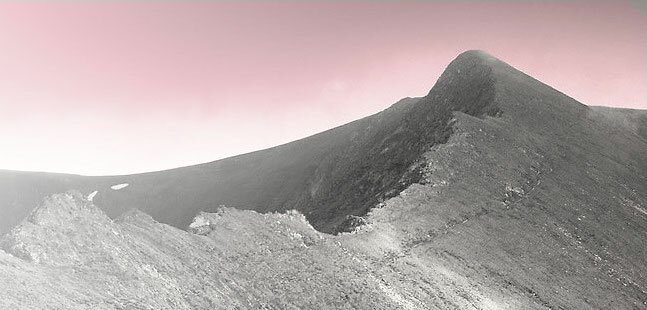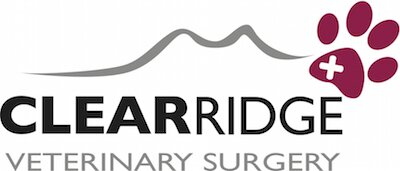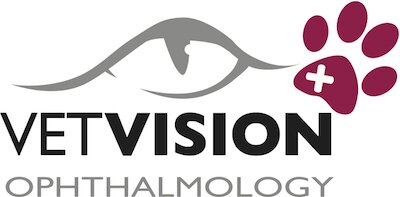Ancillary Tests
Assessment can and does include doing blood testing, but we do not push this as heavily as some would think. This is because it does have a role to play here, but it is overstated by some, and this would be the feeling of most anaesthetic specialists working at the universities and similar institutions. We will suggest blood work in some cases, but even where we do not we are quite happy to do this testing. In many cases blood work can be useful for both the anaesthetic and also generally for further management and treatment.
A similar approach is taken with the heart, and doing an ECG is not too troublesome for your pet, and most times involves no drug restraint. (We prefer no sedation to be used as it may interfere with the results). The difference compared to blood work is that we do see older animals with changes to the heart that cannot as readily be assigned a degree of seriousness just by listening, and some of these cases may have to have a different approach to anaesthesia.

Register your pet for a
FREE consultation and flea treatment
Register Now
Surgery
The business of anaesthetising and operating on your animal family member is always taken seriously, from both the anaesthetic safety and surgical risk points of view.
Anaesthesia
We assess each patient in objective manner and not necessarily in subjective terms that might otherwise be applied. Then an appropriate anaesthetic regime is given and the patient is carefully monitored.
Assessment
The objective assessment may not necessarily take in the animal’s age in quite the manner that might be expected by some. This is because some older animals that we see are in better condition than has been assumed in the past. Some of this is probably due to better management and nutrition than was the case in previous times, but inevitably there are variations in the health of a given age-group, just as there are in humans. We certainly see older animals that appear as good in function and health as others several years younger. In opposite polarity we see young animals that are in less good condition than may be anticipated. This may surprise the owners, and is especially true in some cats, as they are a species of true guile when they want to hide an infirmity. Usually these younger animals have either a congenital problem (a condition that they were born with), such as a heart defect, or they have been involved in an accident where the trauma may not have been obvious on the surface. Such a situation would include damage to the chest where the animal can cope in normal household circumstances, but struggle under exercise. The animal therefore avoids exercise and thereby hides the problem.
Consequent on all of the above we view your animal as an individual and will judge things based on the physical exam and other things rather than just on the age. The result is that we do surgery on some older animals that you might not expect at first consideration, but also have younger patients where we have to be more careful with anaesthesia than their age might suggest. Of course sometimes we delay an anaesthetic while a course of medical treatment is given.
Monitoring
We monitor our anaesthetic patients by several methods. At base we still go on physical exam as we think that you cannot beat this. So we listen to the heart either directly or by oesophageal stethoscope for those cases where the chest is not so accessible during the procedure. We also look at colour (mucus membranes), muscle tone, breathing depth, rate and nature, and feel the pulse and the skin state.
We also use anaesthetic monitors, which can cover such things as heart status (ECG), oxygen in the blood (pulse oximetry), temperature, breathing rate, carbon dioxide (capnography), and blood pressure. Generally not all these parameters are covered as there has to be judgement as to what is sensible, and for instance putting all this monitoring onto a short procedure case such as a cat castration just would not be sensible. We obviously would want to monitor most of these parameters when we were dealing with a case involving an opening into the chest or some other less easy anaesthetic. The most commonly used monitoring is ECG/ pulse Oximetry/ respiratory rate.
Supportive Aids
During the anaesthesia we commonly use insulation to help maintain body temperature as well as heating pads (both heat retaining and electrical).
For longer procedures we often use intravenous fluids as they can help keep the circulation in a better state and improve tissue perfusion, thus aiding the actual surgery. At the same time fluids may improve the speed of recovery.
Adjunct drug treatment varies from premedication (to reduce the amount of anaesthetic used and smooth out recovery) to pain killers and anti-inflammatories, steroids, antibiotics right to stimulants to improve the recovery. We have a crash box of drugs in case of a more immediate problem with an anaesthetic.
Post-Operatively
Obviously we want the recovery to be swift, but not a wake-up with a jerk (which is where premedication can be helpful). The nurses monitor the animals as they come round, and will inform the Vet if there is a concern. If the animal is fit to go home on the same evening, then that is desirable, but we do not want to hand your pet back to you in an unstable state. For this reason some animals stay for a longer time. In some cases this can be longer than just overnight. During this time you can visit your animal, but try to judge if this will leave him/her a little bewildered when you go: In which case it may be better waiting just a little longer to see your animal when they can come home with you.
Where an animal goes home on the same evening as the operation we suggest giving them water first at home. Later (don’t be in a rush) they can eat and we prefer that they have their normal food in most cases, but only half their normal amount. This is because you may get vomiting if too much is fed.
Obviously with surgery of the gut (and some other areas) or with dental treatment normal food may be out and we can advise what might be best.
For dental cases we often advise to find something which does not take much chewing, but which is not gooey or syrup-like (as this will lodge in gum openings). The ideal may be something of the consistency of nicely cooked new potatoes which can be swallowed with very little mechanical mouth action. So softly cooked chicken or flaked fish may work well along with pasta or even those potatoes.



